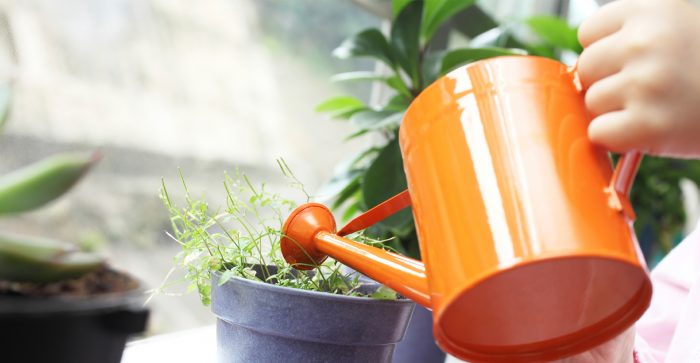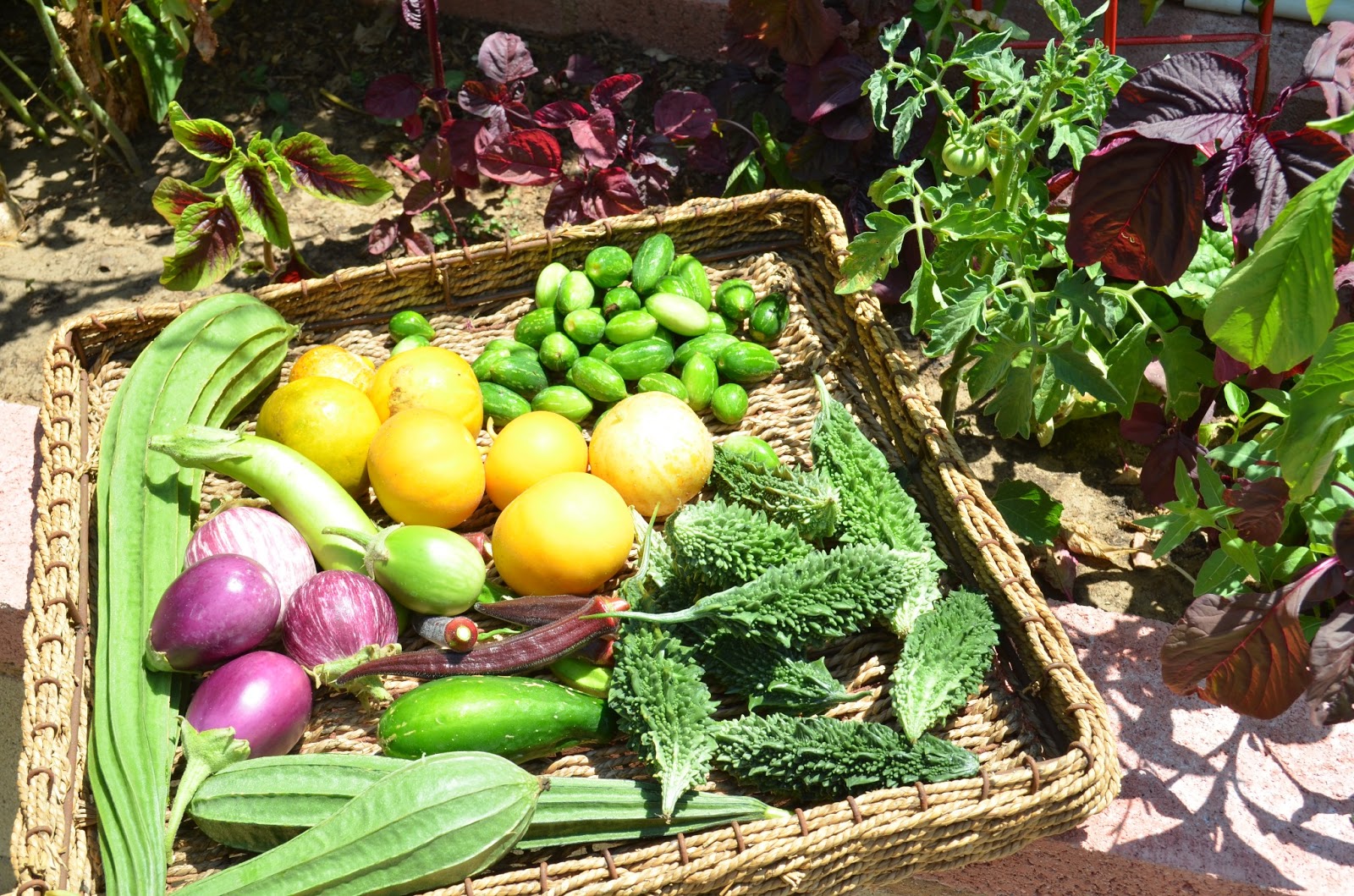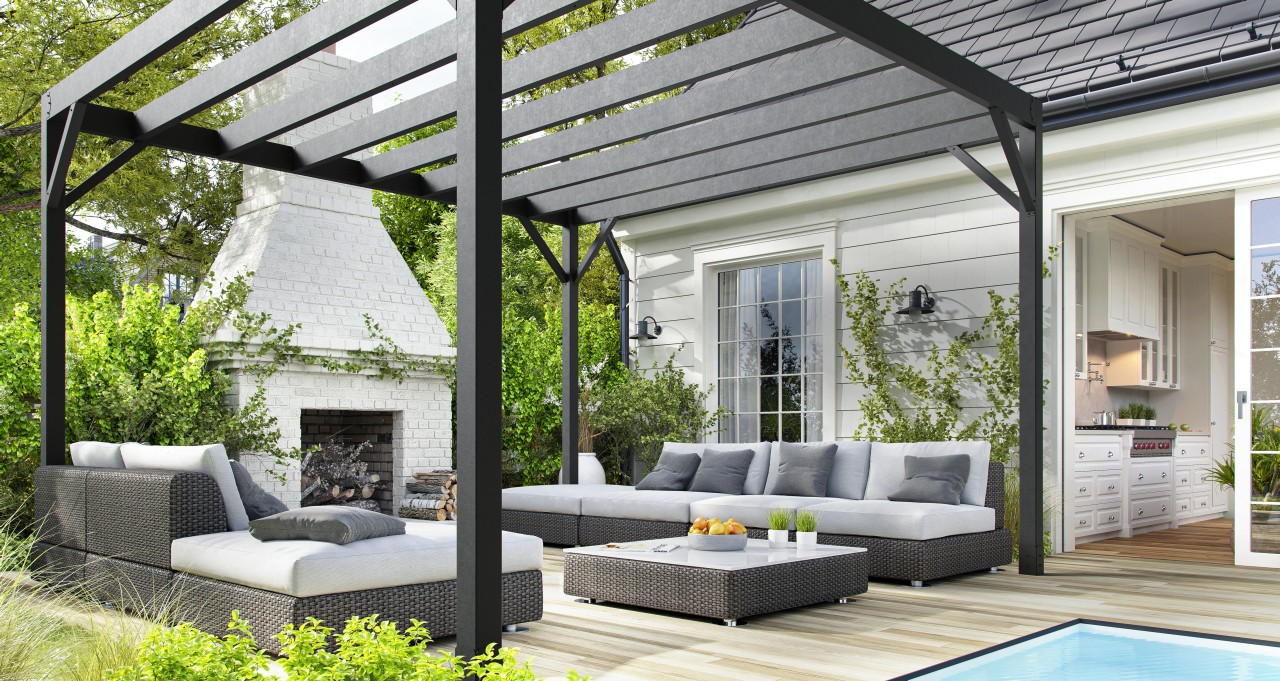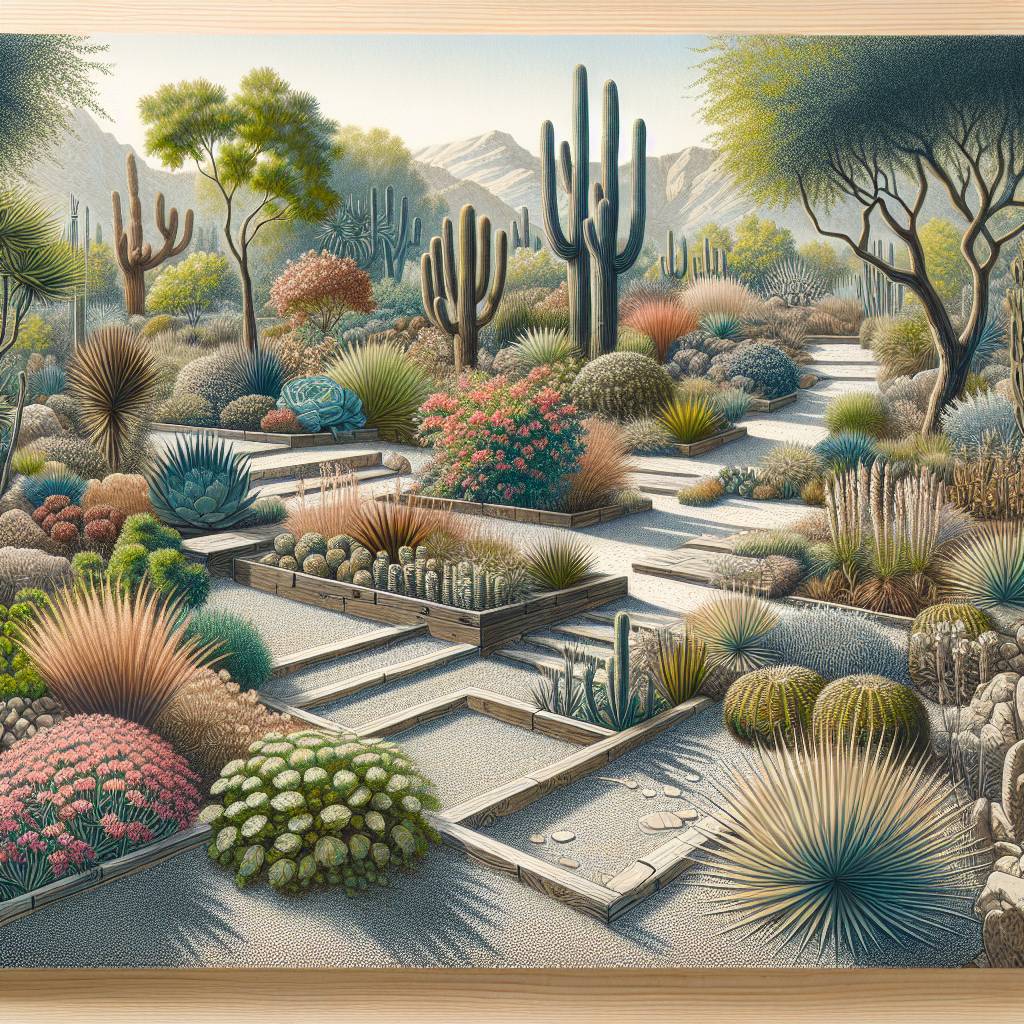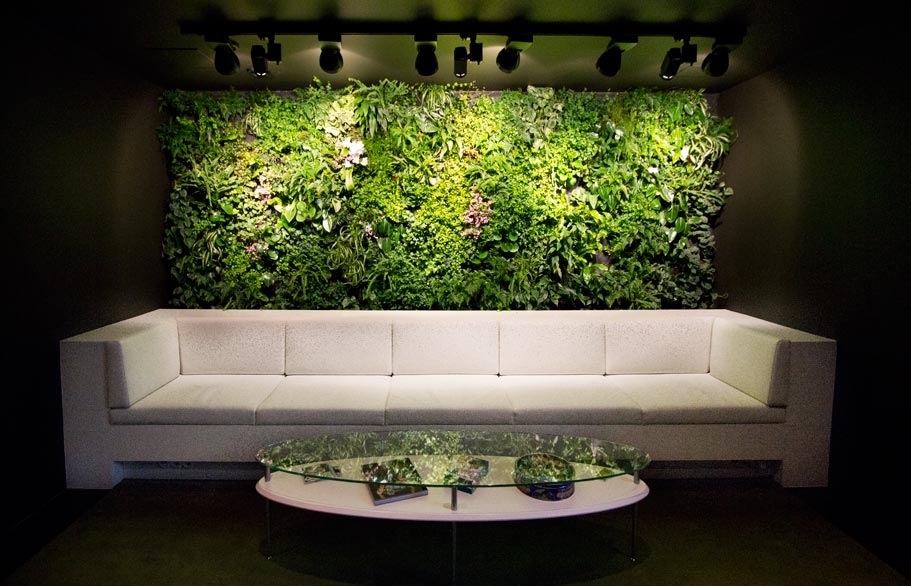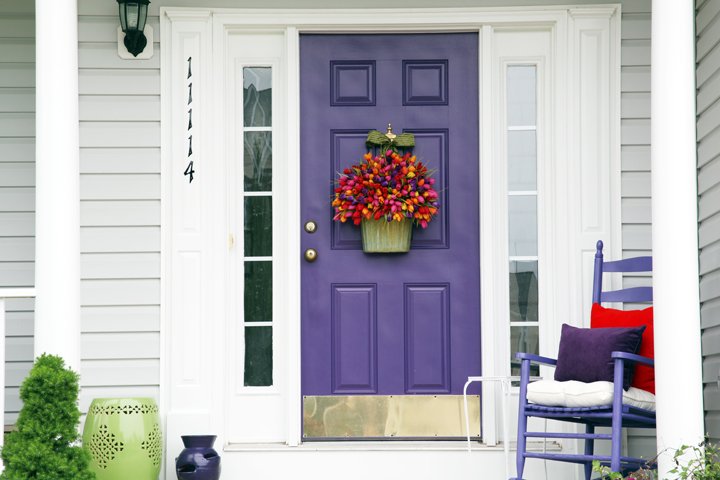When you follow these easy do’s and dont’s composting is simple. These tips are the recipe for composting success. Compost makes less trash for the landfill. Of course, that’s better for Mother Earth. Additionally, it’s easy to do when you follow these tips.
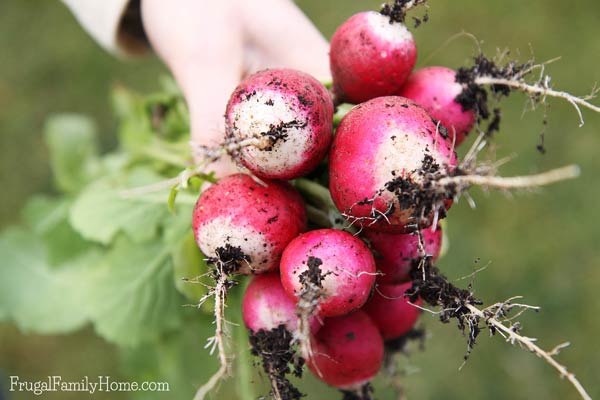
Why should you compost? There are a couple of reasons.
First of all, compost makes less trash for the landfill. Of course, that’s better for Mother Earth. Also, you can use less chemical fertilizers. This makes composting an Earth-friendly choice.
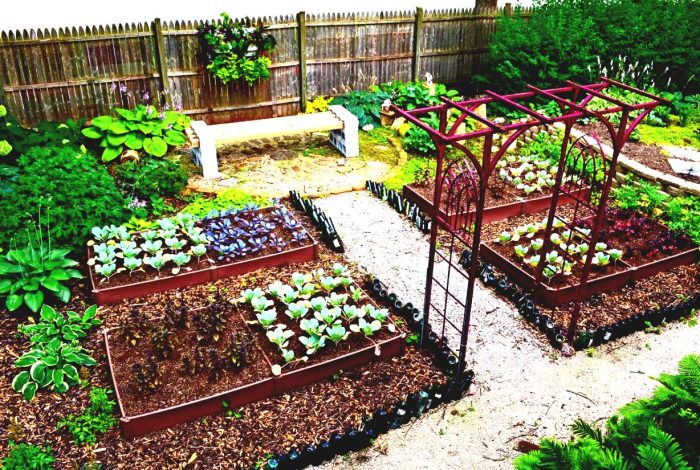
Additionally, compost makes your plants healthy. Your plants receive valuable nutrition from the compost you place around them. Healthy plants are more resistant to bugs, heat, and disease. In fact, you can compost vegetables, herbs, and flowers.
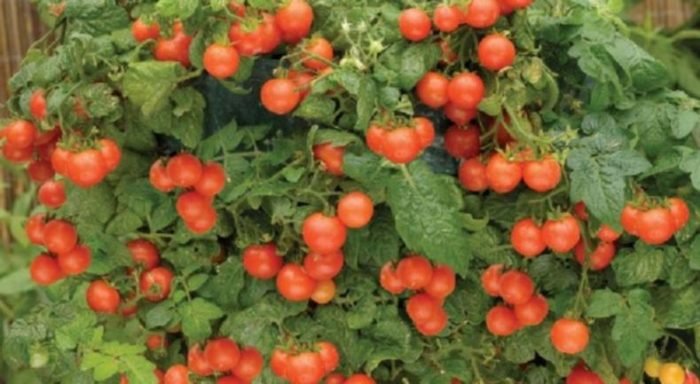
Indeed, it’s easy to start your compost. There are three key items to start composting.

First, you’ll need “brown materials.” This refers to yard waste items. Sticks, branches, and leaves all work well. Speed up decomposition by breaking them down smaller pieces if they are large, like a tree branch.

These materials are carbon-rich. This replenishes carbon lost during photosynthesis. By adding carbon back, your plants will be lush and healthy.

Next, you need “green materials.” You will gather these from your own kitchen. These include veggie scraps, egg shells, coffee grounds, and tea bags. In fact, if you purchase unbleached coffee filters, those are also fine.
Also, grass clippings are “green materials.”
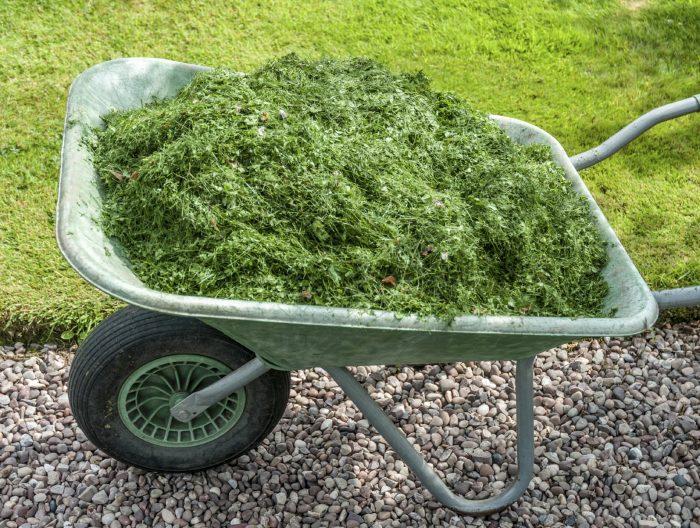
You need “green materials” because they add nitrogen to your plants. Nitrogen is important because it helps form chlorophyll. In fact, plants can’t survive without nitrogen.
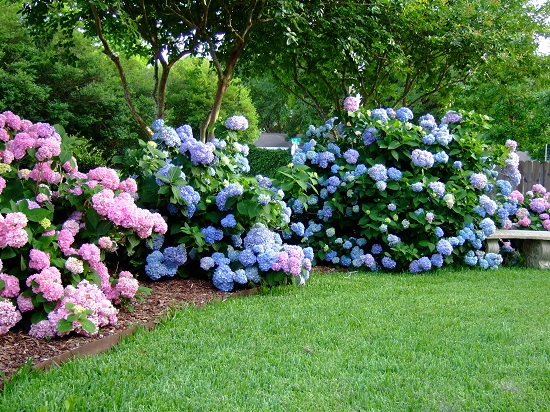
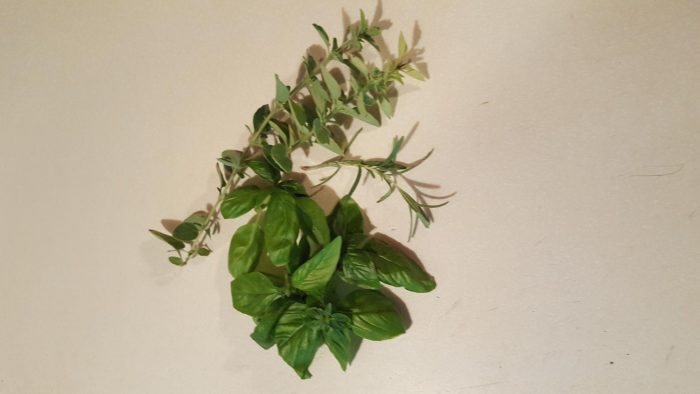
Finally, the third item is water. This is necessary because the moisture makes rapid decomposition. In fact, the process can’t occur if it’s not kept moist.
In conclusion, have fun getting your hands in the soil!
